In memory of Zen Master Thich Nhat Hanh, 11th October 1926 – 22nd January 2022
Thích Nhất Hạnh, Vietnamese Buddhist monk, teacher and Zen Master, recently passed away at the age of 95. It was not unexpected, since he had suffered a stroke in 2014 which left him paralysed, and his health had deteriorated further in the year before his death.
However, according to his teachings, there is no death. A cloud does not die, instead it becomes rain, which becomes a spring, a stream, a river, and the sea. Some spring water was used to make Thich Nhat Hanh’s tea, and then the water became part of Thich Nhat Hanh himself. Other water evaporated and again formed a cloud.
Thich Nhat Hanh’s body is no longer living, but he will continue as the cloud did, as will you and I when our bodies eventually fail us.
Thich Nhat Hanh’s continuing influence
Thich Nhat Hanh will continue through his teachings, via the 100 or so books he wrote, and the many talks he gave, many of which were captured in recordings for the future. His teachings were also passed directly to many students, many of whom are now teachers themselves, passing on the teachings of Thich Nhat Hanh and others of his teaching lineage all the way back to the Buddha.
Thich Nhat Hanh also continues as a Sangha – a community of mindfulness practice. He famously predicted “the next Buddha will be a Sangha”, and through Plum Village and affiliated monasteries which he founded, he has indeed built a strong worldwide Sangha, perhaps the most widespread Sangha in the Western world (it should be noted, all Buddhist Sanghas are in fact one, in the sense that they date back to the Sangha established by the Buddha).
Many thousands of people will hold more personal stories about how Thich Nhat Hanh continues through his influence on their life. I am one of those people, with my own stories, though I never met him. This is not an exclusive group – even if you never heard of Thich Nhat Hanh until now, he might yet influence your life. No doubt, his teachings will also eventually transform the lives of people who are not yet living.
Thich Nhat Hanh and I
After becoming interested in meditation and mindfulness in 2015, it wasn’t long before I started looking for reading material and read Thich Nhat Hanh’s classic 1975 book, The Miracle of Mindfulness.
Later, when a friend suggested I try a meditation retreat, I found that many retreat centres were booked up, but Thich Nhat Hanh’s monastery in France, Plum Village, had spaces available. So in the Spring of 2017, I attended my first meditation & mindfulness retreat at Plum Village. Whilst I was there, I discovered that Thich Nhat Hanh had been paralysed by a stroke in 2014 and was no longer living in Plum Village. However, since I had gone there for the retreat experience rather than to see Thich Nhat Hanh, I had a wonderful time regardless. During that week, time seemed to slow down, and a week felt like a month.

My ability to concentrate on meditation and mindfulness practice was strong at that time, because I had already been practising meditation for a couple of years, plus I had few worries as I was taking a “gap year” from my career. However, at Plum Village I discovered aspects to mindfulness practice that I had not been aware of, for example the practice of deep listening (listening to others without judgement and without the need to respond) and how a community (Sangha) can support mindfulness practice.
Community, friends, and family
After learning about Sangha, I attended Wake Up London, a group for young people inspired by Thich Nhat Hanh’s teachings. When I needed to find a new place to live, I rented a room in a shared house from a Sangha friend, the idea being we could sometimes meditate together and eat together. Living with four other housemates, I had no idea at the time, but one of them I would later start dating and eventually marry! Without the Thich Nhat Hanh, Plum Village, the Sangha, and friends and family who guided me along the way, I would not have met the woman who is now my wife.
Right livelihood
Through another friend from the Sangha, I had the opportunity to join the team working on the Plum Village app, which provided meditations and talks by Thich Nhat Hanh and other monks and nuns whom he trained. One of the moral practices of the Buddhist Noble Eightfold Path is that of “right livelihood” or “right work” – in working to help bring Thich Nhat Hanh’s teachings and mindfulness practices to a wider audience, I feel confident I am contributing in a healthy way through my work.
Touring Vietnam
In January 2020, I toured Vietnam for a month, and decided to pay a visit to Thich Nhat Hanh’s “root temple” in Huế, central Vietnam, where he trained as a monk and had now returned to. I walked around the grounds of the temple, was offered some food by the nuns, and planned to attend the Vietnamese New Year’s ceremony at midnight. I wondered if I might see Thich Nhat Hanh. I might well have done, had I been less overwhelmed by my travels, but I drifted off to sleep early and didn’t wake up until the middle of the night, after the ceremony was over! I came to the conclusion that it didn’t much matter if I saw Thich Nhat Hanh or not – his influence was in my life regardless of whether I had some direct contact with him.

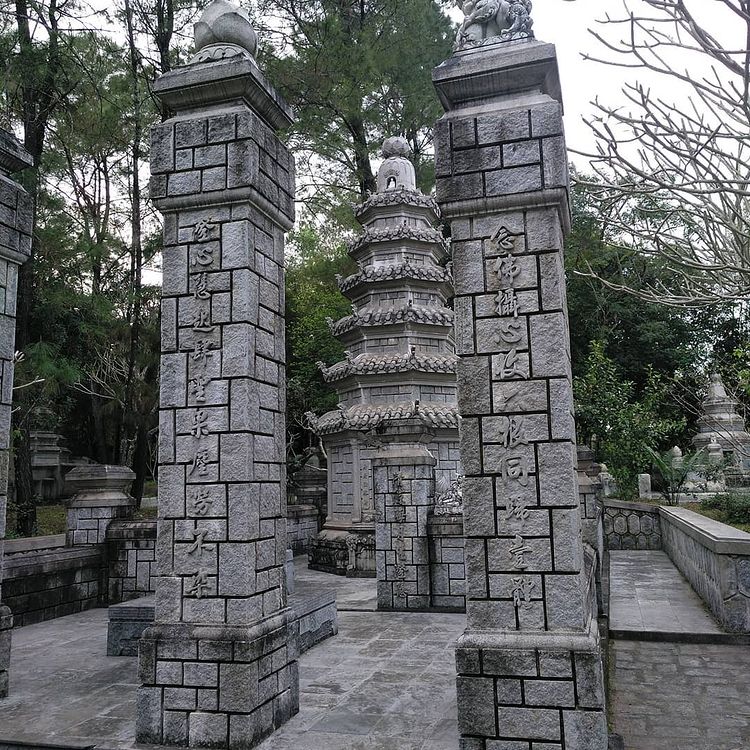
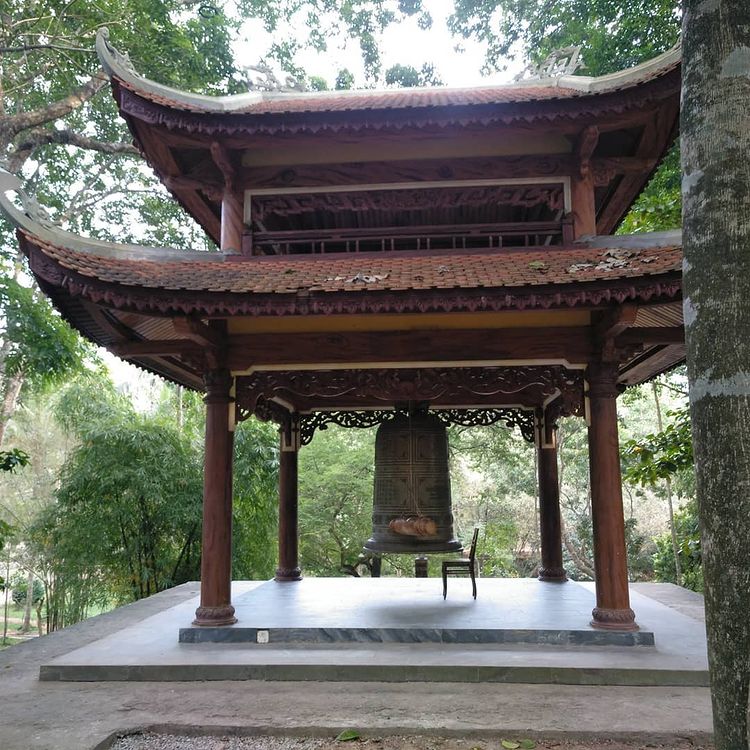
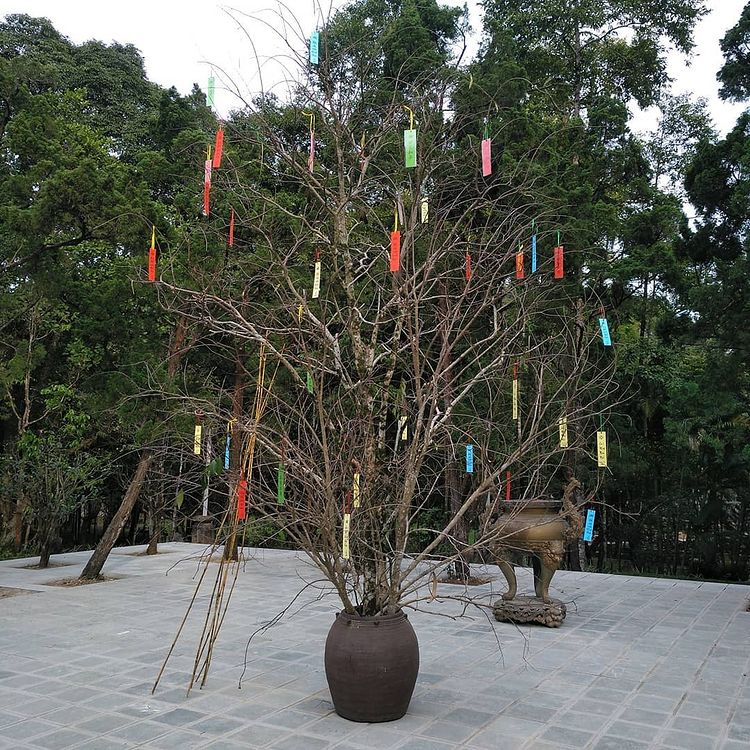
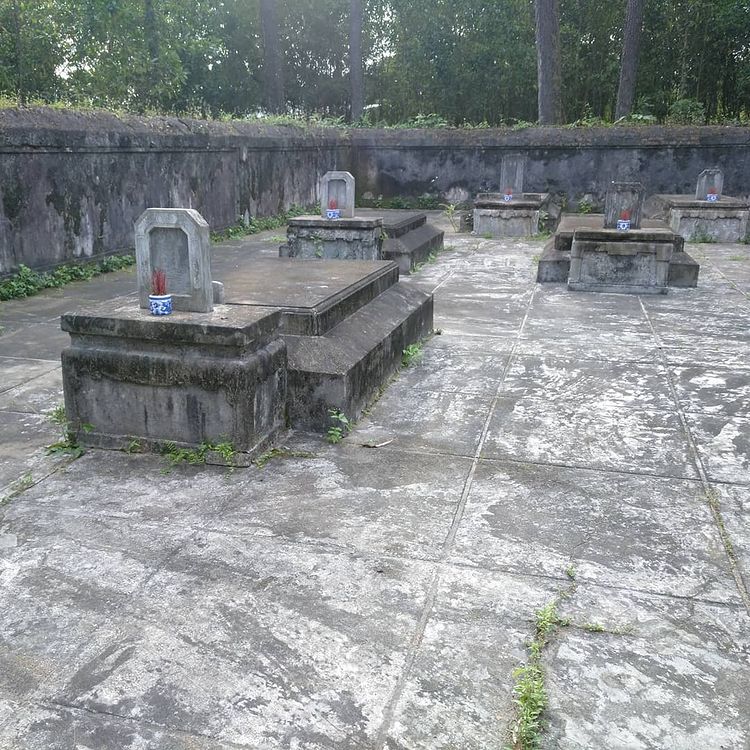
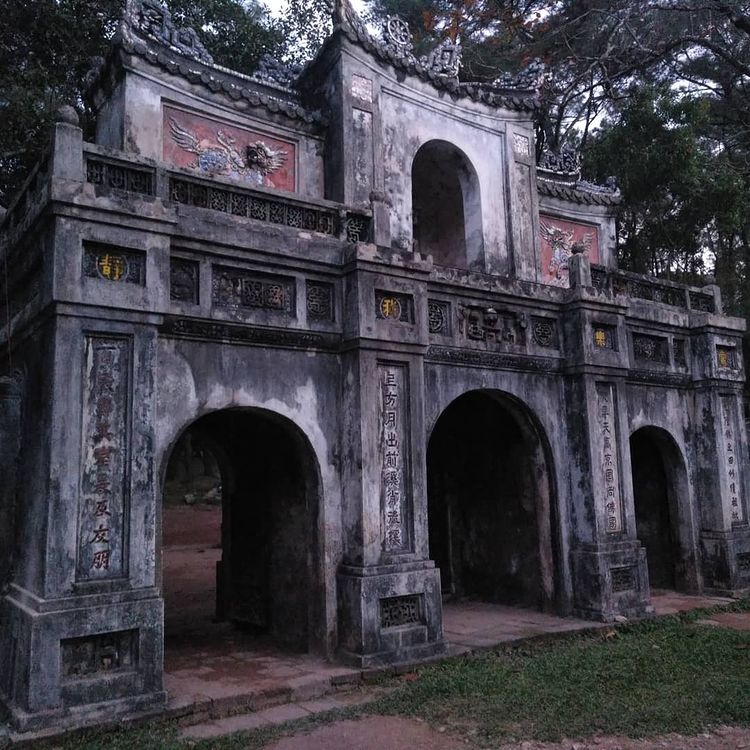
One of Thich Nhat Hanh’s core teachings is the teaching of inter-being. I never met Thich Nhat Hanh, but it’s clear that my life path would have been very different without him. He’s far from the only one who influenced my path: I can also clearly see a number of family members, friends and colleagues who influenced my path, without whom I wouldn’t be where I am today. His teaching of inter-being helps me to see that and hold more gratitude in my heart for those people who have helped me find my path.
Thich Nhat Hanh and mindful.technology
During that first retreat I attended in Plum Village, I had been offline for the week. In the idealistic environment of the monastery grounds, surrounded by nature, I felt at peace and even the most mundane activities such as brushing the dining room floor became delightful.
When I returned to my normal life, it became very obvious that the largest obstacles in my life to practising mindfulness were caused by being in a less ideal environment much of the time: the online, digital environment. I didn’t want to live in the monastery, but I became determined to make changes to my life to allow me to experience mindfulness even in a modern life surrounded by devices with Internet access. Like most software developers, I enjoy a challenge, and this would be mindfulness in difficult mode!
I also realised that this was not only my obstacle: tech and online connectivity was becoming an obstacle to well-being and productivity for probably millions if not billions of people around the world. I wanted to share my journey towards a more balanced digital life to help others.
Founding mindful.technology
Within a few weeks of leaving the retreat, I had the vision for this website, mindful.technology. I began writing, and a little over a year later, launched the site.
The first year or so working on mindful.technology wasn’t easy, in fact at one point I put off writing for a number of months. Later, I felt motivated to write again, and I invited other contributors to join me, which made it all the more enjoyable and rewarding. Now with this website in the fourth year, after Thich Nhat Hanh’s passing, I fell more inspired then ever to continue writing and publishing others’ writing. This is one of the many ways in which Thich Nhat Hanh will continue even though he is no longer physically with us.
Thich Nhat Hanh on Tech
In the years leading up to his stroke in 2014, Thich Nhat Hanh spoke about the challenges and opportunities that technology brings.
In 2011, he gave a talk at Google, Mindfulness as a Foundation for Health, urging Google staff to consider mindfulness and wellbeing as they build their products.
In November 2013, Thich Nhat Hanh gave a Dharma Talk at Plum Village Monastery. This preceded a 90 day winter retreat in which monastics would be offline except for essential communication. He shares a parable about a horse which is leading the rider, so that the rider does not know where he is going. He tells us: “The Horse is Technology”. We are driven by the latest technology, but we often do not know where it is taking us.
(If you watch this Dharma talk, it is best to stop other tasks, focus on it fully, and treat the listening as a mindfulness exercise in itself)
The 2014 revision of the Five Mindfulness Trainings (Thich Nhat Hanh’s modern adaptation of the 5 Buddhist precepts) took into account the impact of the latest generation of technological devices. The fifth training, Nourishment and Healing, encourages us to become aware of we may try to use consumption to cover up uncomfortable feelings such as loneliness or anxiety. In the original Buddhist precepts this related to the abstention from alcohol and other toxins, but Thich Nhat Hanh expanded the meaning to include a range of modern media, which depending on the content and how it is consumed, might also constitute a toxin:
I am determined not to gamble, or to use alcohol, drugs, or any other products which contain toxins, such as certain websites, electronic games, TV programs, films, magazines, books, and conversations.
However, Thich Nhat Hanh was not opposed to new technology, he only felt it important that we have insight and intention in how we use and develop it. He and his monastic team were also involved in dialog with Google product teams. Thich Nhat Hanh could see the capacity for technology to support mindfulness and wellbeing. The Plum Village monastics made suggestions to Google engineers to help people discover mindfulness resources, and improve people’s ability to focus on their intended tasks when they use smartphones and computers. Whether it was from these suggestions or consumer demand, Google did eventually offer a suite of digital wellbeing resources to help people better manage their use of technology.
Taking mindfulness digital
Thich Nhat Hanh also had a vision for an online monastery, which would provide a similar healthy environment for mindfulness practice to the physical monasteries he established. Years later, Thich Nhat Hanh’s vision of an online monastery is being realised through the Plum Village app, the extensive resources on the Plum Village website, and the Plum Village YouTube channel.
Even in death, Thich Nhat Hanh has lead the way towards more mindful uses of tech. In the years following his stroke, the Plum Village team made extensive preparations for the day when their teacher’s body would inevitably fail. By the time of his passing, they were able to live stream ceremonies every day for a week, in remembrance and celebration of his life and to better establish the continuation of his teachings within the community of practice.
Thich Nhat Hanh will continue to inspire, here at mindful.technology, and for millions around the world now and into the future.


I’m grateful for online videos to watch and listen to the calming voice and to hear and feel his words penetrate my soul.